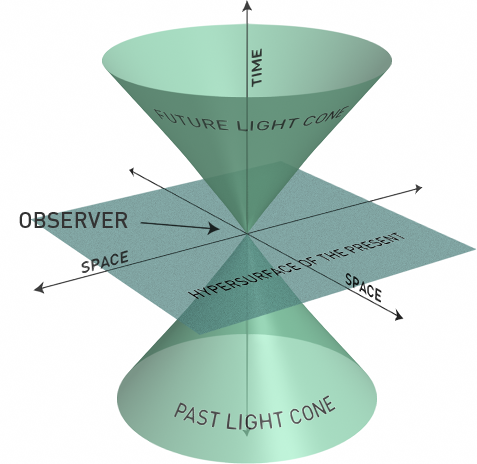October 8, 2015 22:06:28 EDT
MIPCOM: Keynote Speakers Explicate Content, Delivery, Advertising and Social Platforms
Before I offer opinions I wish to thank MIP for the great speakers and full length video. https://www.youtube.com/user/mipmarkets
1.0 Social Ground Zero -- Twitter
[ Note on "TV x Twitter - MIPCOM 2015" presentation
-- Think about the new shiny toy called social TV and what it will be asking you to give up in order to play by rules that are, at best, not in your best interest. We already throw useful, sometimes personal, data at Youtube, Twitter, Facebook, Google and others but I get twitchy when "TV x Twitter" promises a world of fun without cost. I may be overstating my position on this platform -- needs more study. ]
[ MIPCOM youtube "TV x Twitter - MIPCOM 2015" ]
[ https://youtu.be/gsIvKZ6p9eQ ]
1.1 DeathStar -- Google
[ What Google built in order to make mobile experience better - Has nothing to do with making video work better. ]
[ Mobile: google AMP ]
http://www.niemanlab.org/2015/10/get-ampd-heres-what-publishers-need-to-know-about-googles-new-plan-to-speed-up-your-website/
Basic concept is simple. No javascript. Restrictive CSS, images and video can be constrained at will for performance. JSON is okay because it is the loader. HTML5 multimedia tags are AMP custom elements. Think Facebook Instant Articles done "The Google Way".
But this stripping out out tags also reinforces a walled garden. AMP is an open source project, but tags like amp-img are killing and replacing elements that have been part of the open web for literally decades. It’s forking HTML
For better and for worse, this is essentially a rollback of how HTML and web technologies have evolved over the past decade. It’s a little jarring that so many of the sample AMP pages on display this morning look a lot like the web of, say, 2002, shrunk down to a phone screen. Like an IE 5.5 emulator.However, another non-standard standard promises good things. We like good things until all user control is locked down. By user I mean me and my mobile.
And it’s yet another case of a technology company coming along to promise a better experience for users that takes one more bit of power away from publishers. That is, of course, a reasonable and good thing for technology companies to do! Blogger and WordPress empowered anyone to publish online; this hurt professional publishers but the tradeoff was a net gain for users. Google, Facebook, and Twitter created amazing platforms for discovering interesting content; this hurt professional publishers but the tradeoff was a net gain for users.1.2 We have the Force -- Not Yoda, that other guy
A brief history of phone vs human (I think so) from Jacques Mattheij (@jmattheij). I pulled out one point, read it all.
[ SEPTEMBER 9, 2014 Whose Phone Is It Anyway? ]
http://jacquesmattheij.com/whose-phone-is-it-anyway
And so we arrive today. Where you think that you own the computer that you use and the phone in your pocket. You see the network as a peripheral of your computer and your phone, with your device as a node in a network operated by ‘peers’.I was going to add a few more historical essays (less than "now" old) but physics got in way. Pesky relativity.
But that’s not the view of the phone company and your ISP. They see that phone in your pocket and that computer on your desk as a peripheral of their infrastructure.
1.3 Special Relativity for Content Viewing -- It's The Law
[ consumer is the observer of the content; There is only now, past and future are irreverent. Time and light vector for Future and Past emanate from the observer in normal space. ]

[]
I am @fairuse on twitter
I have no idea if the witch is dead. Google it.
[EOF]





